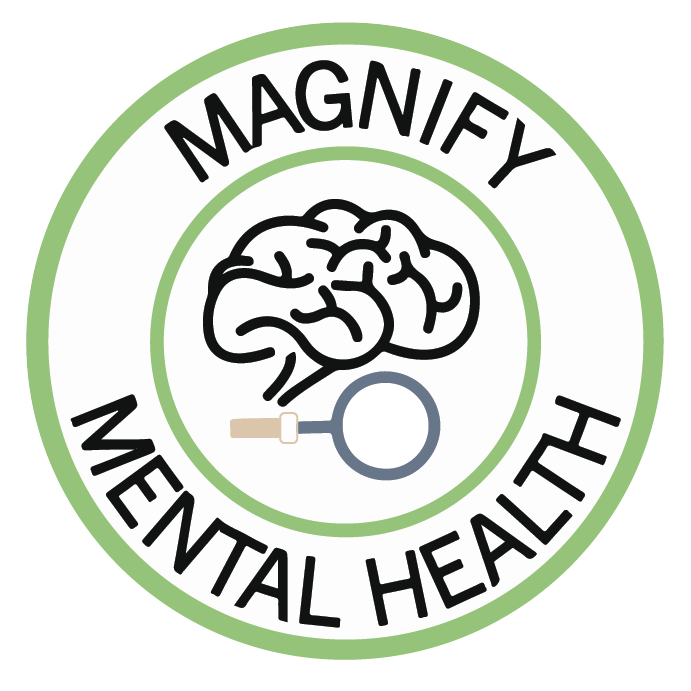Inequities Within the Mental Health Community
Produced by: Emma Rodner-Tims
There are a number of key factors that contribute to the inequities experienced by the mental health community.
Inequities Within the Mental Health Community
In America, one in 5 adults experience a mental health condition and over 10 million adults live with a serious mental illness. It is becoming increasingly clear that mental health is a matter that affects nearly everyone.
With the growing conversation around mental health, individuals everywhere are recognizing how important it is to put their minds first. In 2017, 42.6% of adults living with a mental health condition sought out and received treatment, and 66.7% of adults who were living with a serious mental illness sought out and received treatment. However, the opposite percentages of those numbers reveal a large portion of the population that is either not seeking out services and/or not being successfully treated.
0%
of adults who were living with a serious mental illness sought out and received treatment0%
of adults living with a mental health condition sought out and received treatmentThere are two key elements that contribute to the inequities found within the mental health community – the lack of resources and the existence of negative myths and stigma.
Most demographics, from a person’s gender, sexual orientation, race and ethnicity, to their location and income, can influence access to mental health resources. Not only do these influence access, but their implications trickle down to the way they are seen and treated by others.
In terms of government funding, the three federal government departments that touch mental health services the most are the Department of Education, the Department of Health and Human Services and the Department of Veteran Affairs. In the budget submitted by the President to Congress, two of the three were could experience significant funding cuts for the 2019 fiscal year.
In the proposal, the Department of Education would experience a $7.1 billion decrease compared to the enacted level of 2017.
The Department of Health and Human Services sees a proposed decrease of $17.9 billion from the 2017 enacted level.
The current structure of insurance affects who is covered and the type(s) of coverage they receive. Often, mental health services are excluded from plans, making it hard for people get diagnostic services and treatments.
The second key element contributing to inequities are negative myths and stigmas in society. These negative myths and stigmas are created through media portrayals, social media and the thoughts and actions of society. A combination of these factors negatively impact the way individuals living with a mental health condition see themselves.
Between a lack of resources and negative views held by society, the empowerment of the mental health community is unfairly restricted. A number of societal elements play a role in the resources – or lack thereof – that are available to those living with a mental health condition or a serious mental illness.
Written by: Emma Rodner-Tims


This work is licensed under a Creative Commons Attribution-NonCommercial-NoDerivatives 4.0 International License.

